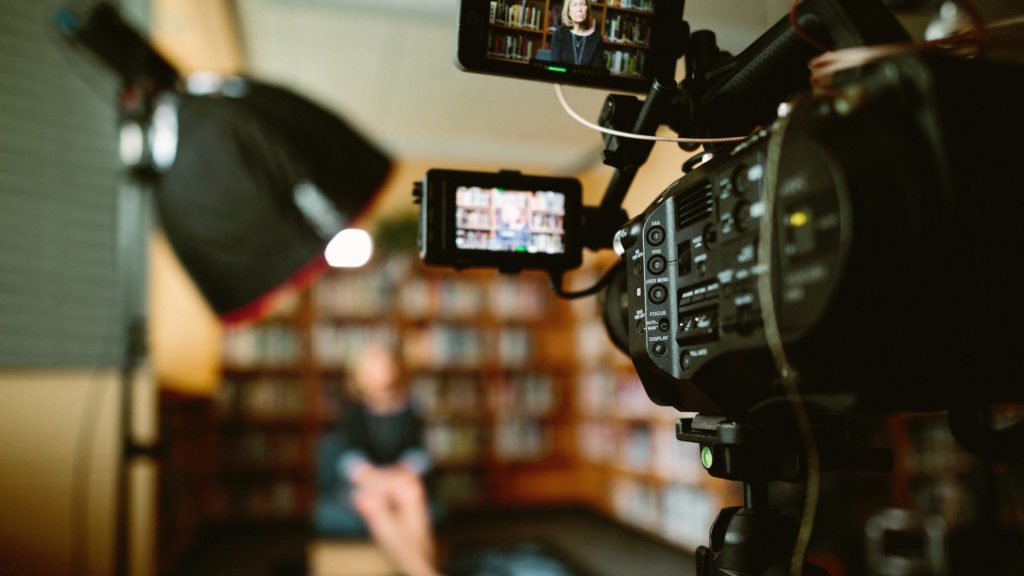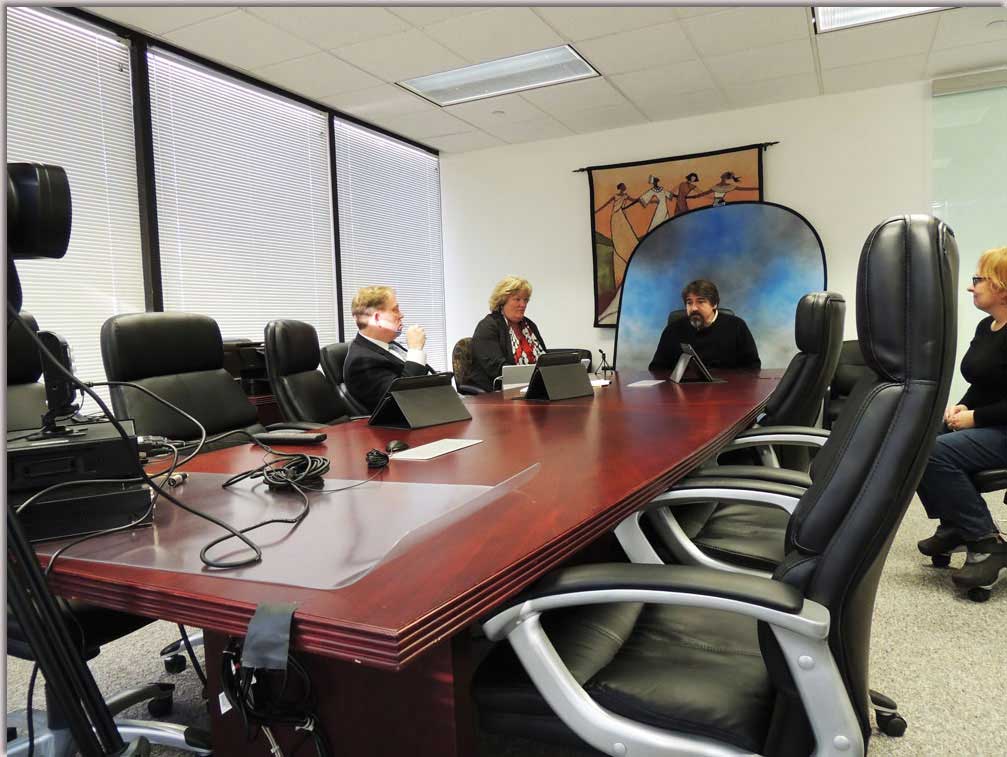Understanding the Influence of Legal Videography on Case Outcomes
Understanding the Influence of Legal Videography on Case Outcomes
Blog Article
Exploring the Devices of Lawful Videography: Introduction Its Procedure in Shielding Genuine Aesthetic Testament for Judicial Proceedings
In the world of judicial proceedings, the duty of legal videography stands as a keystone in protecting and presenting aesthetic evidence. As innovation proceeds to development, the mechanisms behind legal videography have actually ended up being increasingly detailed, using a critical layer of authenticity to testimonies caught on video clip.
Historical Advancement of Legal Videography
Taking a look at the historic progression of lawful videography discloses a considerable transformation in the capturing and discussion of aesthetic evidence within the legal landscape. In the past, lawful proceedings heavily depended on written records and photographs to record events and give evidence. With the arrival of video clip modern technology, the legal industry witnessed a standard change in how visual testimony was recorded and offered.
The advancement of lawful videography can be traced back to the late 20th century when innovations in video recording devices made it more obtainable for usage in courts. This technical advancement not only boosted the accuracy and reliability of visual proof yet also transformed the means instances existed to judges and juries (Legal Videography). Attorneys started to identify the influential power of video clip recordings in communicating emotions, nuances, and non-verbal signs that written transcripts or photos alone can not capture efficiently

Modern Technology Innovations in Video Clip Documents
What key technological developments have reinvented video clip documents in the lawful area? The legal area has seen considerable improvements in video clip documents innovation that have improved the credibility and reliability of aesthetic proof in judicial procedures.
Additionally, advancements in video clip file encryption and watermarking modern technologies have actually strengthened the safety and tamper-proof nature of video clip proof, safeguarding it versus unapproved alterations or meddling. The development of cloud storage space services and remote accessibility capacities has streamlined the storage space, retrieval, and sharing of video clip evidence, promoting smooth collaboration among lawful professionals and making certain effective access to crucial aesthetic testaments when needed. These technological developments in video clip documentation have actually unquestionably revolutionized the legal field, improving the accuracy, reliability, and admissibility of visual evidence in judicial proceedings.
Duty of Lawful Videographers in Court Room Setups
The evolution of video documents modern technology in the legal field has actually required a vital function for legal videographers in court room settings, ensuring the honesty and dependability of visual testaments provided during judicial process. Legal videographers play a fundamental duty in catching and preserving exact visual proof that can be essential in litigation. Their responsibility reaches establishing tools, taping proceedings, and generating premium video clips that precisely mirror the events in the court room.
In addition, lawful videographers frequently function very closely with lawful groups to ensure that the video evidence lines up with the situation's demands and can be properly offered in court to sustain the lawful arguments being made. In general, the function of legal videographers in court settings is vital in promoting the concepts of justice and making certain the openness of lawful process. Legal Videography.

Ensuring Admissibility and Stability of Video Clip Evidence
To preserve the credibility of visual proof offered in legal procedures, making sure the admissibility and integrity of video proof is an essential responsibility for legal videographers. my response Admissibility describes the approval of evidence by the court, and for video proof to be permissible, it needs to fulfill certain requirements. Lawful videographers play an essential function in making certain that the videos they catch follow the regulations of evidence, such as relevance, dependability, and credibility.
Integrity of video evidence involves maintaining the creativity and precision of the video from the moment it is videotaped till it exists in court. This consists of firmly saving the video clip data, documenting the chain of custodianship, and stopping any type of tampering or modifications. Legal videographers must follow rigorous methods to ensure the stability of the video proof and protect against any kind of difficulties to its authenticity.
Future Trends in Legal Videography
Given the raising dependence view website on innovation in legal process, lawful videographers are poised to embrace cutting-edge improvements shaping the future of visual testament capture and discussion. One of the prominent fads coming up is the integration of digital truth (VR) and augmented reality (AR) modern technologies into lawful videography. These innovations have the potential to change exactly how visual proof exists in courtrooms, permitting courts and juries to immerse themselves in the scene of the criminal offense or incident.
In addition, making use of expert system (AI) algorithms for video evaluation is expected to simplify the process of assessing and evaluating huge amounts of video clip footage. AI can assist in determining key moments, abnormalities, and patterns within videos, improving the efficiency of legal examinations.

Verdict
Finally, lawful videography has played an essential duty in offering genuine visual proof for judicial proceedings. With technological improvements and the knowledge of lawful videographers, the integrity and admissibility of video clip proof are guaranteed in court setups. As lawful videography remains to progress, it discover this will certainly be vital to support criteria that preserve the precision and integrity of aesthetic testimony for the future of legal procedures.
Checking out the historical development of lawful videography reveals a considerable transformation in the capturing and discussion of aesthetic evidence within the legal landscape.The development of video clip documentation innovation in the legal area has actually necessitated an important duty for lawful videographers in courtroom setups, making certain the integrity and reliability of visual statements offered throughout judicial process. Additionally, legal videographers typically function very closely with lawful groups to make certain that the video clip proof straightens with the case's requirements and can be efficiently presented in court to support the legal disagreements being made.To preserve the integrity of aesthetic proof presented in legal proceedings, guaranteeing the admissibility and integrity of video evidence is an important duty for lawful videographers. As lawful videography proceeds to advance, it will certainly be important to maintain requirements that keep the precision and dependability of visual statement for the future of lawful process.
Report this page